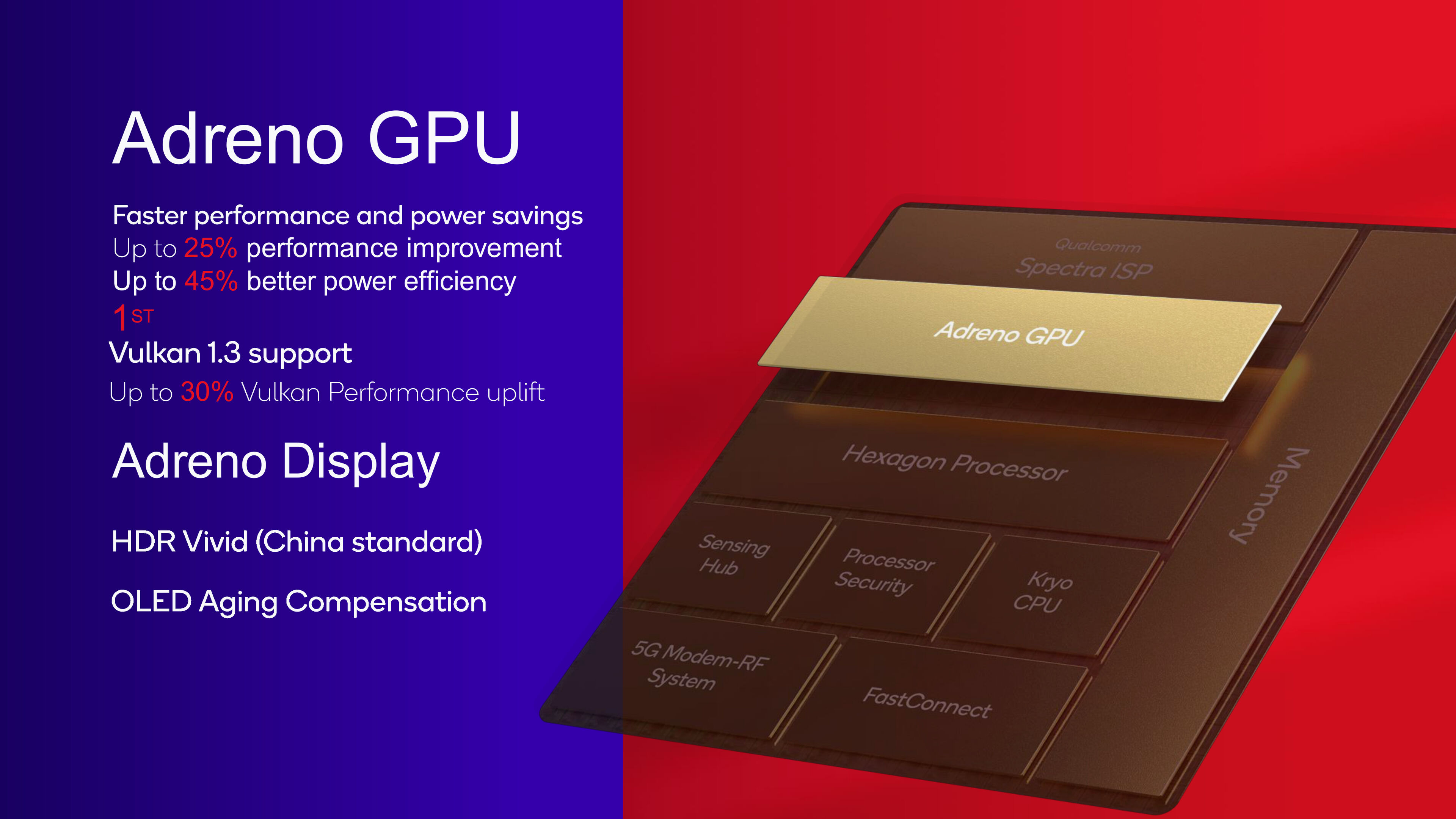Andropov
Site Champ
- Joined
- Nov 8, 2021
- Posts
- 739
Indeed.To be fair some of the thermal results appear toasty if accurate. But yeah.
Well, we have been talking about the scalability of the clock speed for Apple's core designs for a while here, which isn't as important on a phone but is for Macs or other devices that have the thermal envelope to sustain higher clocks. The Mac Studio has a massive cooling system, for instance. And I guess if you have a chip that can get up to higher clock speeds, it's not unreasonable to allow the clocks to go up for a brief period of time on the iPhone, for short bursty loads. Which might be the reason the clocks go down to 3.46GHz after several minutes of benchmarks. In any case, the power figures, if accurate, are massive. 14W for a CPU benchmark alone?My impression is that the new u-arch appears to be more aggressively performance-focused than the 5nm products. Instead of trying to improve CPU performance at the same power draw, they go for maintaining perf/watt and opening up the upper range. We could be seeing a desktop-focused design here. I am less worried about the increase in power consumption at peak, as the phone appears to manage the total energy levels just fine and overall system performance looks much better with comparable or lower power draw in sustained scenario (e.g. the gaming benchmark).
I mentioned this at the other place, but this figure from the video:
Looks pretty decent to me. At the same performance as the A16 Bionic, the A17 Pro is able to shave off a couple watts of power (11.3 -> 9.4 W, approximately). And the A17 Pro is also able to scale much further (just look how far to the right the A17 Pro can go), which is what everyone wanted for the M line anyway. Maybe we're just getting too tangled up in the fact that the A17 Pro can get to ridiculous (for a phone) power consumption figures, but the performance curve has improved at any power draw level.
Last edited:



